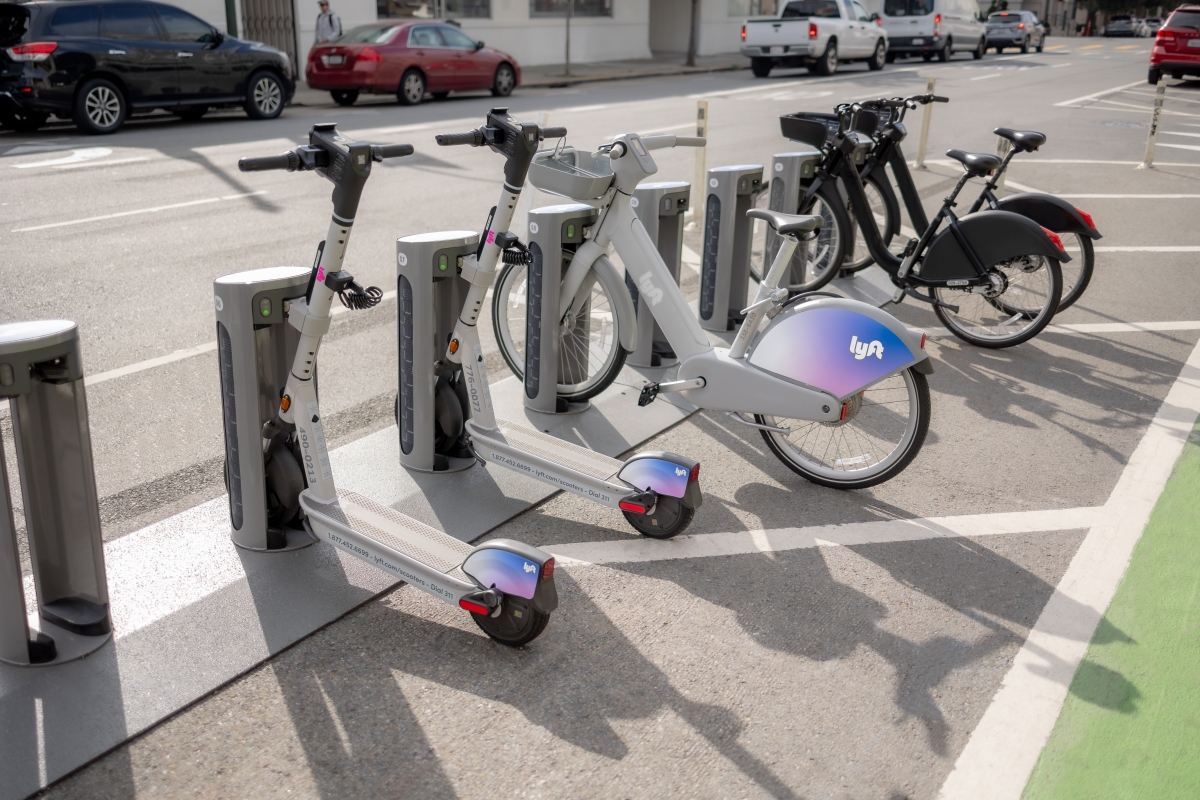No surprise here: Elon Musk has once again made Twitter worse. The CEO’s latest blow to the platform’s functionality removes free access to its API(Opens in a new window), posing an imminent threat for users with disabilities, accessibility advocates, and helpful bots.
On Feb. 1, Twitter announced it would be moving all API access to paid tiers based on usage, another revenue grab as the site continues to lose its advertiser-based income streams. APIs, or web application programming interfaces, let programmers and developers utilize existing information from a secondary source to create programs, data visualizations, and more. Free API services are essential for a lot of the online work done by both activists and academics(Opens in a new window), many of whom use free online data sources for research, interactive sites, and organizing projects.
Twitter will kill off free API access
Even more importantly, many users rely on Twitter API(Opens in a new window) for third-party services essential to making the site accessible — and to ensure the online community stays engaged in conversation about digital accessibility.
Take, for instance, the A11y movement (the “11” stands for the eleven letters between “a” and “y” in the word “accessibility”) on Twitter, which draws awareness to the need for expanded web accessibility. Automated Twitter accounts like @A11yAwareness(Opens in a new window) — one of many “good” kinds of bots — provide user reminders about web accessibility mandates and tips, like how to write appropriate alt text(Opens in a new window) to provide non-visual access to an image’s content and function.
Tweet may have been deleted
(opens in a new tab)
(Opens in a new window)
Other bots like @AltAwareness(Opens in a new window) scour free Twitter API data to connect journalists and news sites to web accessibility tips. Both were created by front-end developer and web accessibility advocate Patrick Garvin(Opens in a new window), and they’re just two of a plethora of similar automated resources meant to inform other users about best practices for people with disabilities. Garvin was inspired by the @GAADBot(Opens in a new window), created by user Matt Eason(Opens in a new window) to spread alt text awareness to Twitter users. Eason’s created several other automated awareness accounts, too, like the UK Gov Alt Bot(Opens in a new window), which calls out inaccessible tweets from UK government accounts.
Tweet may have been deleted
(opens in a new tab)
(Opens in a new window)
Tweet may have been deleted
(opens in a new tab)
(Opens in a new window)
Garvin told Mashable that this week’s news came as a shock, even knowing Musk’s negative opinion towards bots.(Opens in a new window) “I didn’t know how his position on bots would translate into a policy or action. This is not an outright ban, but it definitely shuts a lot of these bots down.”
Garvin’s @AltAwareness account is one of them. “That bot follows 4,000 news and journalism accounts, and it retweets anyone that tweets an image without alt text,” he explained. “That hits the Twitter API so often — with such intensity — that it would likely burn through the monthly allotment [for basic tiers] in less than a day.”
On the other hand, @A11yAwareness, and other bots like it that utilize scripts, may still survive, if the account owners are willing to take on a ton of added work. Garvin explained he’ll now have to sift through findings and manually schedule all of the account’s tweets to keep it running. “I feel like I owe it to the followers to keep it going as long as I can,” he said.
Other essential third-party services serve as additional accessibility tools for users with various disabilities, as well as those just seeking an improved user experience, like unroll and reader(Opens in a new window) bots, automatic reminder(Opens in a new window) bots, and alt text(Opens in a new window) bots. Without free access to Twitter’s API, these services may no longer be feasible for the individuals behind the accounts to manage.
And a few outside tools like these have already hit the chopping block, facing the changing tides of Musk’s Twitter. In January, Musk announced the company would block popular third-party clients used by millions of site users, including Tweetbot(Opens in a new window) and Twitterrific(Opens in a new window). At the time, some users reported accessibility clients were failing(Opens in a new window) as well.
You’re hitting people that aren’t necessarily going to have the resources, the money, to spend on this type of thing.
Following this week’s announcement, advocates on Twitter expressed resounding disappointment with the CEO’s latest decision. It came as a massive blow to years of work to improve the site’s usability for people with disabilities — and there had been successes. In April, for example, the site announced new and improved alt text features enabling users to write and post their own accessible image captions. The site had also been exploring continued improvements for neurodivergent users, like adjustments to the site’s “chirping” sounds for users with sensory sensitivities(Opens in a new window).
“It’s pretty cool how people have been able to harness the power of the web, and Twitter specifically, to try to get the message out there,” Garvin said. “A big part of accessibility work is trying to get it on people’s radar — and then trying to win hearts and minds.”
But the last few months haven’t been as kind. In November, Musk gutted much of the site’s accessibility team(Opens in a new window), known on the site as @Twitter A11y. The official Twitter A11y page(Opens in a new window) hasn’t posted an accessibility update since October. Since then, accessibility slashes have continued to snowball, including the removal of live captions from Twitter Spaces(Opens in a new window).
Tweet may have been deleted
(opens in a new tab)
(Opens in a new window)
Tweet may have been deleted
(opens in a new tab)
(Opens in a new window)
Tweet may have been deleted
(opens in a new tab)
(Opens in a new window)
All of these developments have the potential to isolate users with disabilities and throttle avenues for disability activism. Users seeking accessible social media options don’t have the simple option of going to another site, like those fleeing Twitter for sites like Mastodon, since many still lack robust tools for users with disabilities.
Garvin also noted that this move will have a disproportionate impact on the bot creators themselves. “A good number of bots focused on accessibility are run by people who have a disability themselves, or are caregivers, or are otherwise connected to it,” he explained. “And historically, there are correlations between disability and economic status(Opens in a new window) in this country. So you’re hitting people that aren’t necessarily going to have the resources, the money, to spend on this type of thing.”
Without the backing of wealthy supporters or other means of paying for API use, Twitter’s decision makes the jobs of advocates much, much harder. “This takes away one of the resources I can use,” Garvin said. “I’ll just have to go back to the drawing board.”
#loss #Twitters #free #API #tier #blow #activists #researchers






